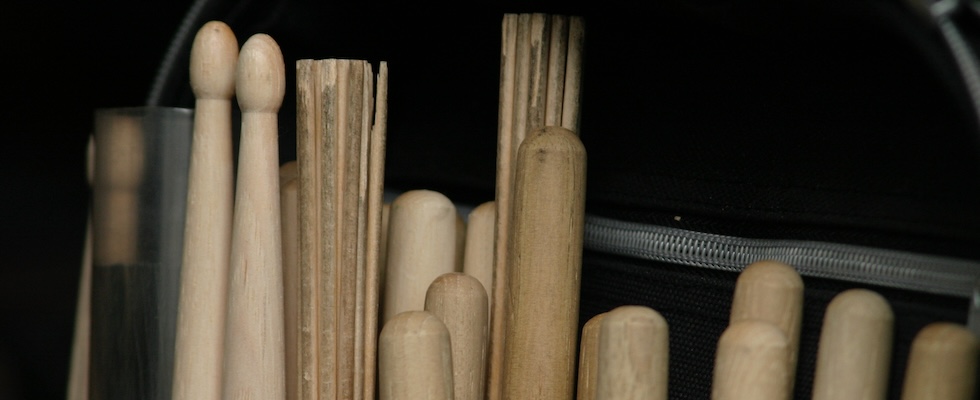
Have you ever had someone tell you something is a “good investment?” It could have been a salesperson trying to sell you a new piece of machinery; a broker presenting a new stock; a business partner serving up a new opportunity, or that new condo your spouse found.
But, how do you “really” know it is a good investment?
While the complexity of the answer is dependent on the level of investment, your risk tolerance, and other external factors. The solution boils down to two fundamentals. Your forecast of that return and the baseline from which you are making your analysis.
Today, I want to focus on the baseline as I plan to tackle the concept of forecasting in detail in subsequent posts.
Time and money are not infinite. This is economics 101. If you choose to spend either on one item. You take the same amount away from something else. E.g. if you have $1 in your pocket and purchase a soda for $1. You cannot purchase that $1 bag of chips as well. In this simple form, it seems ridiculous that someone couldn’t comprehend that concept, but you would be surprised how things change when it comes to long-term investments such as stocks, machinery, or large-capital projects.
Part of the problem is that potential investors do not have a go-to baseline to gauge the true value for the use of their money. Something that isn’t arbitrary. For instance, you can’t assess the success of one project against something else for which the returns must also be estimated, such as a stock or even another plan you are considering. Simply, you need something with a consistent history of positive returns from which to analyze your investment.
Personally, I gauge all potential investments against the 20-year T-bond. While nothing is risk-free, this financial vehicle is issued and backed by the faith of the US Government making it an ideal baseline for your analysis. This is why many investment advisors follow a diversified portfolio that includes a chunk of these assets.
Using my suggestion, you would forecast the return on your investment. For instance, if you plan to buy a piece of machinery that will last twenty years and increase your business by 3%. You would weigh that against what you would get if you placed your funds in a 20-year T-bond. If that bond’s coupon rate is 4%, you may want to investigate that investment, your forecasts, and your decision a bit further.
A few notes of caution here. If you crunch the numbers and the bond turns out to be a better investment. Try to avoid engaging in confirmation bias – “the tendency to interpret new evidence as confirmation of one’s existing beliefs or theories.” Don’t re-do your numbers until your potential investment looks better on paper than your baseline. Second, depending on the current state of the bond market. You may want to use the yield instead of the coupon in your analysis as this metric takes into account the future value of the bond you are considering. Finally, keep in mind the gut instinct. If you trust your math and truly feel that the investment will be a wise choice. Go for it. However, give it a night’s rest before you sign the check.
Your baseline does not have to be a bond. It just has to be quantifiable, historic, and relatively risk-free. For example, if you are considering hiring musical entertainment for your venue. You could analyze your bar and food sales for six to twelve months before you bring in the talent and then weigh your current numbers against those historic metrics.
In a future post, I plan to discuss how you forecast possible returns. However, for today. Remember that to measure anything. You need a device from which to gauge the opportunity. You need a baseline.









